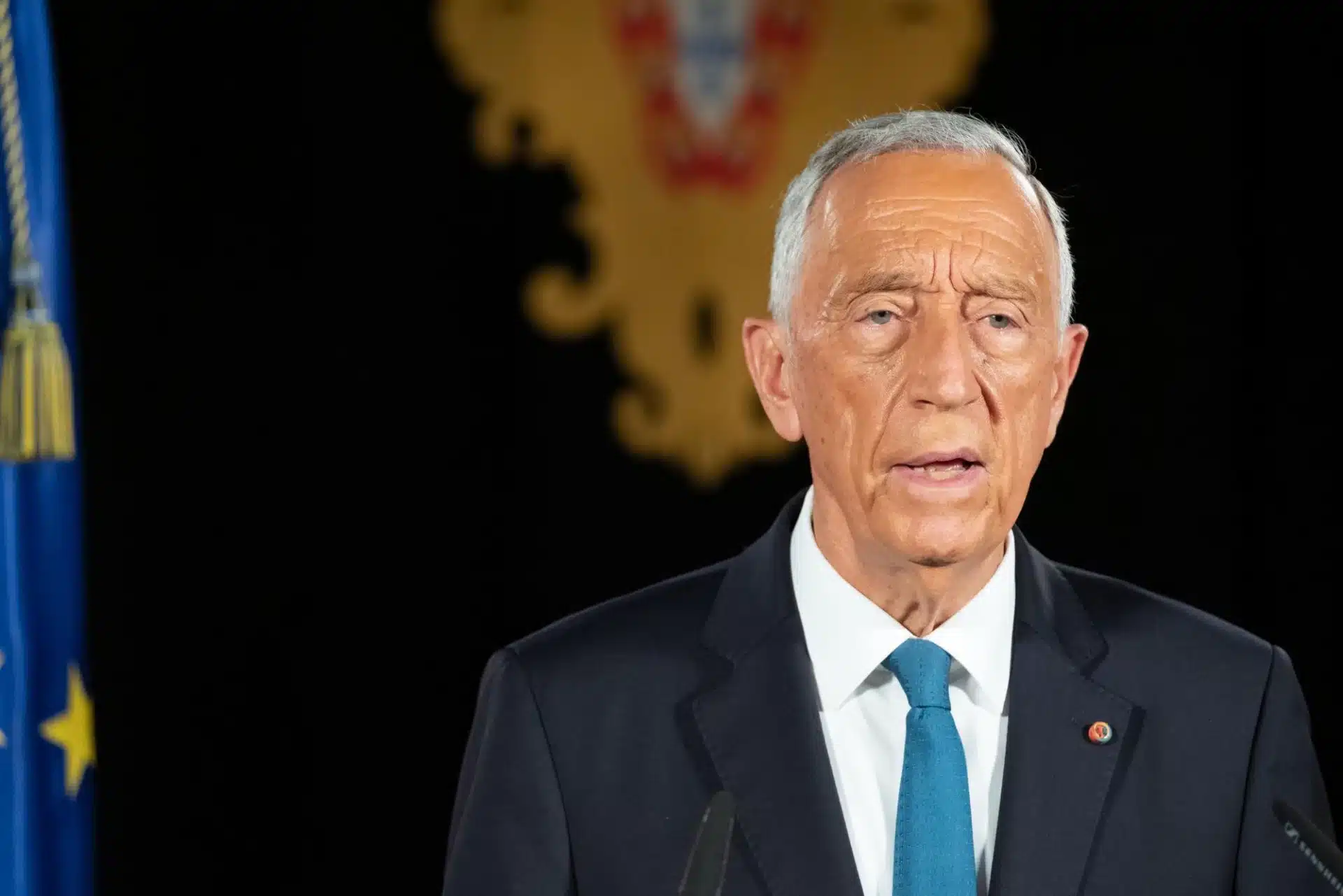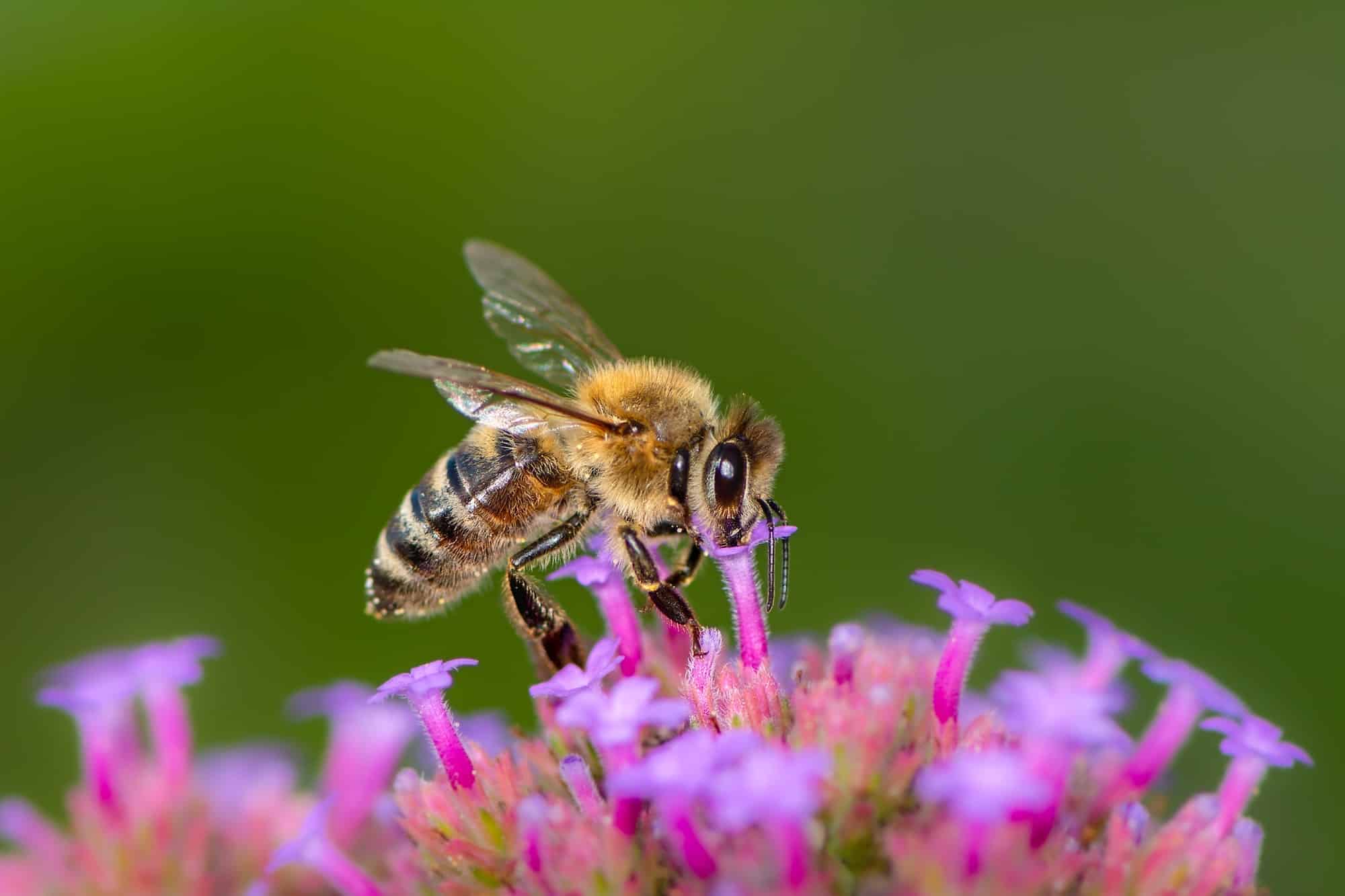According to a study published today, the total elimination of pollination would have a 0.4% impact on Portuguese domestic product, corresponding to an annual loss of one billion dollars (around 919 million euros).
A complete elimination of pollination […] would reduce domestic product income by between 0.04% (UK) and 0.4% (Portugal)”, concludes the study entitled “Biodiversity loss part II: Portfolio impacts and a quantitative case study on pollination abatement measures” carried out by Allianz Trade – a COSEC shareholder – Credit Insurance Company.
In total, this impact would be equivalent to 1 billion dollars less in Portugal and 28 billion dollars (nearly 26 billion euros) per year in the United States.
In terms of agricultural production, Belgium stands out with a loss of 7.9%, and at the other end of the scale, the UK, with 2%.
On the other hand, the analysis reveals that the industrial and service sectors could grow thanks to increased pollination, as could production in those sectors most closely linked to the land.
Allianz Trade also stressed that investment in biodiversity could lead to “enormous opportunities” for businesses, helping to sustain the economy in the long term.
However, current investment efforts in this area “remain woefully inadequate”.
The global funding gap for biodiversity restoration by 2030 is estimated at $700 billion (around €644 billion) a year.
“It’s not difficult to understand why this gap is so large. Biodiversity loss is by nature local, unlike climate change, whose local emissions have global consequences. This leads to a very heterogeneous map of biodiversity and the resulting losses and risks,” reads the document.
The company also lists a series of measures to combat the loss of pollination and the associated costs.
In the case of precision farming, support systems, for example for the use of fungicides, with computer assistance, represent an annual cost of 625 euros per farm, while precision spraying costs 10,413 euros per farm and per application.
On the other hand, the use of sensors and cameras for high-resolution spraying involves a minimum expenditure of 104,130 euros per farm and also for each use.
With regard to biocontrol, the application of nematodes costs 625 euros per hectare per year, while biological fungicides represent a cost of 274 euros per hectare per year.
In terms of ecological principles, for example, the use of green fertilizers costs 182 euros per hectare per year, no-till farming techniques 52 euros per hectare per year, and broader crop rotations 10,413 euros per farm per year.
The Allianz Trade study used over 50 bibliographical references, and the methodology applied included mathematical formulae and a kind of “stress test” applied to the sectors analyzed.
Beekeepers complain that the honey sector is experiencing its worst crisis in 40 years









